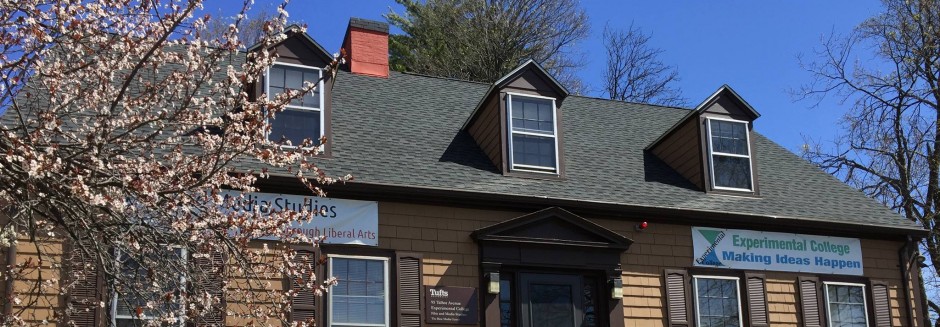CREATING ENVIRONMENTS FOR SUPPORT AND GROWTH
In the introduction to this manual, we talked about the reasons for getting students involved with their own education. You will quickly discover that some students do this naturally and have no trouble participating freely and fully. But for others, it can be quite difficult to feel comfortable with a new group of people who very often come from different backgrounds and experiences.
To help everyone feel more secure in their new surroundings and also to help guarantee the best learning experience for every person, first year seminars taught through the Experimental College are encouraged to set aside an appropriate amount of time for “community-building” exercises.
These activities are designed to promote group cohesiveness and informal patterns of friendship. Studies have shown that group cohesiveness plays an important role in stimulating academic performance, as well as having a positive effect on attitudes toward school generally.
In Explorations, the bonds that are built are at the heart of making the course work. Moreover, the friendships developed in your group, as many of you know, often last well beyond the semester.
PLANNING COMMUNITY-BUILDING ACTIVITIES
 When planning community-building activities it is essential that every consideration be given to making each student feel secure and positive about participating. These exercises usually draw on personal experience or ask students to share some of their thoughts, hopes, and wishes. There should seldom if ever be an instance where a student’s comments get treated as a “right” or a “wrong” answer.
When planning community-building activities it is essential that every consideration be given to making each student feel secure and positive about participating. These exercises usually draw on personal experience or ask students to share some of their thoughts, hopes, and wishes. There should seldom if ever be an instance where a student’s comments get treated as a “right” or a “wrong” answer.
In all cases, a student is always allowed to “pass,” to not participate in a given activity, if clearly that is what they wish. Community-building exercises are constructed to be supportive and nonthreatening, therefore no one should be put in an embarrassing situation. Always use your best judgment.
ICE BREAKERS
These activities are designed to make people feel comfortable with each other at the beginning of the semester. Many of them incorporate ways of introducing people to one another and of getting to know things about each other in an open, friendly manner. Usually, the desired pieces of information are easily shared items such as everyone’s hometown, likes and dislikes, position in the family, or favorite ice cream.
For example, have each student pick from a pile of objects or from pictures in a magazine that which best represents himself or herself. Then have each one tell the group why he or she made this particular choice. See more ice breakers here.
Regardless of which activity you choose, the key is that there are no individual winners or losers. In all situations the group is the winner. See more group development activities.
VALUES CLARIFICATION
These activities center around getting students to think about both their own system of values and that of others as well.
- Ask students to rank order, according to personal preference, a long list of culturally determined values. See the Values Survey in the group development activities.
- Ask students to assess the action of a short story that incorporates the making of a difficult decision based on a value judgment.

